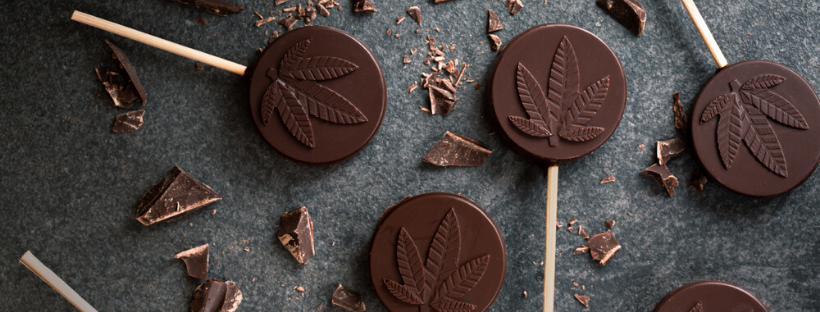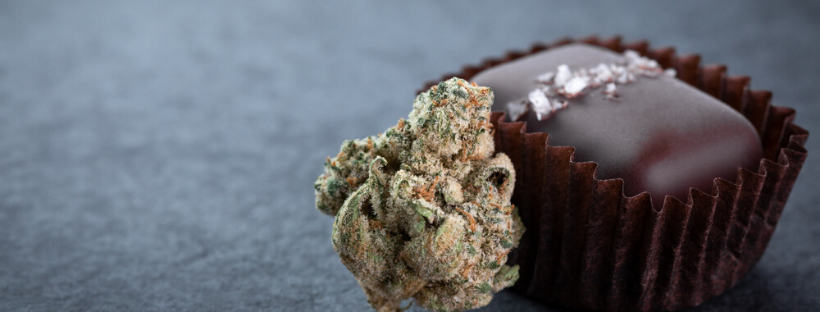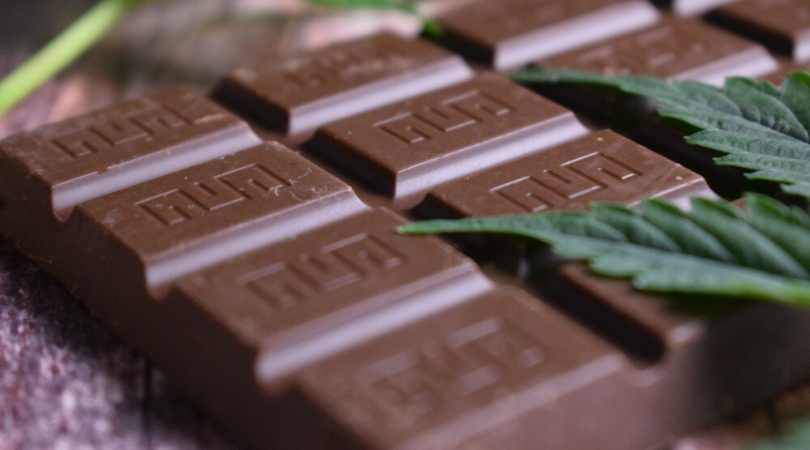When Canada made cannabis legal in 2018, many people started to enjoy edibles that contain THC. Whether they are for drinking, eating, or sipping, edibles are a popular alternative to smoking. Marijuana edibles are known for delicious treats, such as gummy bears, cannabis cookies, and pot brownies.
In recent years, this market has boomed. For example, in 2017, it was estimated that the market for edibles alone was about $1 billion in Canada and the United States. Experts at the cannabis market research firm Arcview believe that by 2022, that number will hit around $4.1 billion.
Findings from a New Study
Although more people are becoming obsessed with cannabis edibles, there are still some issues when it comes to how these tetrahydrocannabinol (THC) snacks are labelled. THC is the main cannabis ingredient that causes a psychoactive reaction.
Many times, the levels of THC that are listed on the packaging do not accurately represent the amount of THC that the edible actually contains. Some research suggests that it might be even more difficult to test the THC levels than scientists thought previously.
When it comes to THC-infused chocolate, the delicious substance may actually be interfering with potency testing. According to the American Chemical Society in the National Meeting & Exposition in fall 2019, this can cause the results to be somewhat skewed.
The researchers already knew that it was difficult to measure how potent THC was. However, when it was added to chocolate, it became even more difficult. This is because chocolate can make the THC levels seem to be lower. There is an ingredient in chocolate that can suppress the THC signal.
This can create a matrix effect on the edible. The more chocolate there is, the lower the amount of THC there appears to be. However, if there is less chocolate, there appears to be more THC in it.
The researchers placed 1 gram of cannabis-infused chocolate in the vial. This gave them a more precise value and higher levels of THC than if they had 2 grams from the same chocolate bar in their vial.
However, it is still unknown what ingredient in the chocolate is causing the potency levels to appear to change. Researchers have been looking at different forms of chocolate, such as baker’s chocolate, cocoa powder, white chocolate, regular chocolate bars, and dark chocolate. That way, they can better understand how THC and chocolate relate to each other.
There are still no concrete answers. However, researchers believe that it may be the fats that are in the chocolate. This is because THC is fat-soluble.

The Complex Matter of Marijuana Legality
It has always been difficult and complex to properly regulate cannabis. Different providences have laws for both recreational and medical marijuana. For example, in the province of Quebec, you can purchase cannabis oil; the flower or bud; resin, which is also known as hash; beverages; and savoury edibles. However, you cannot buy desserts or anything else sweet, vaporizers, or topicals.
No matter what province you are in, you are only allowed to possess 30 grams at one time. However, keep in mind that this restriction relates to dried weed. According to the Cannabis Act, this translates to different types of products. One gram of dried marijuana would be considered:
- 0.25 grams of cannabis concentrates
- 15 grams of edibles
- 70 grams of liquids
- One seed from a cannabis plant
This means you can have up to 450 grams of edibles, 7.5 grams of concentrates, 150 grams of fresh product, or 2,100 grams of any type of liquid product. There are also some restrictions on the amount of THC allowed in someone’s blood while driving. They are only allowed to have up to 5 nanograms of THC.
If the cannabis-infused chocolate you are purchasing does not have the amount of THC that the label says, you will want to be careful before driving. There is a fairly low chance that your product will be mislabeled, especially if you purchase from a reputable company. However, it is better to play it safe and stay at home while using marijuana products.
Using Caution When Choosing Cannabis Edibles
In general, the average marijuana user should not be too affected by these findings. Instead, this is something that testing facilities and cannabis producers alike will want to keep an eye on when they are looking at the potency levels.
The findings of the research do not affect public safety. Instead, they can help third-party testing facilities produce more accurate and precise results. Of course, you still want to be careful about using marijuana edibles.
For example, if there is a labelling error, there is a slight risk that you could either overdose or underdose. This might give you some undesirable side effects, such as sedation or paranoia. You will want to make sure that you get your marijuana treats from a reliable company.
If you are new to cannabis, you will want to start out with a small amount of product. Then you can work up and see how you react to the treat. It can take as much as two hours for a THC-infused edible to work.
Make sure that you are patient, so you do not end up taking too much. This is a good way to test out the product to see what its effects are on you. Different users experience a range of effects. What may be enough cannabis for one user may be too little for another.

Closing Thoughts
Chocolate might have an impact on how potency testing measures THC. Even though cannabis is legal, regulating these products can be complicated. However, these findings may help testing facilities to find more exact results. What this means for you is that you will want to be careful when using chocolate THC edibles. Start out slowly and move on to a larger dose only after waiting long enough. That way, you can make the most of your cannabis experience.


